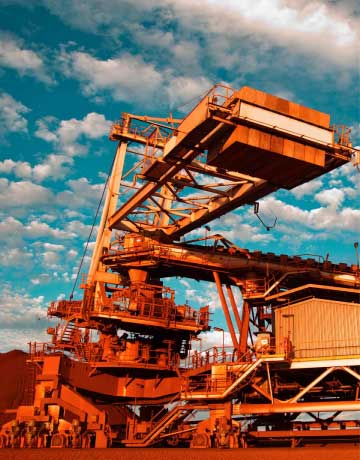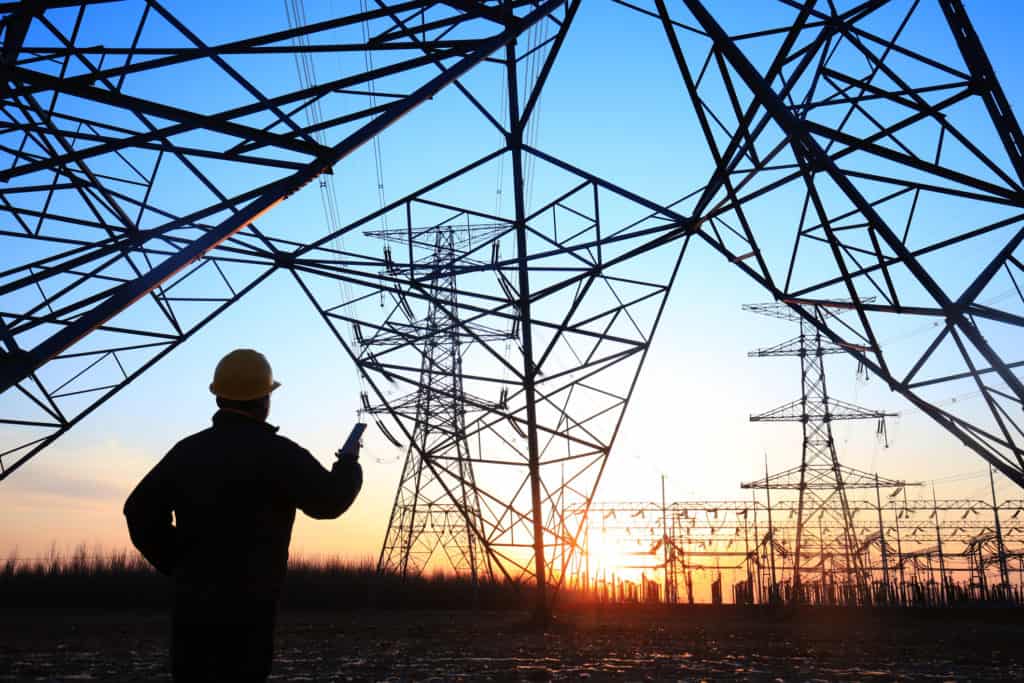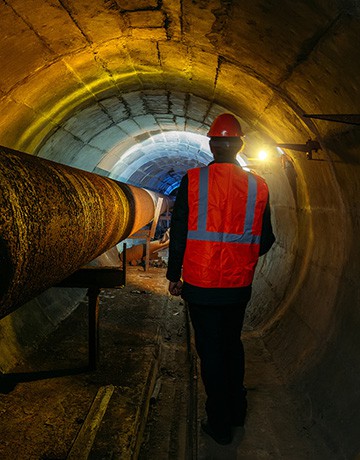In very simple terms, ‘dewatering’ is all about controlling ground water. It’s the process where fluid is removed from the soil.
In the construction and mining industries, dewatering is sometimes called water control: it describes the removal of groundwater – or surface water – to lower the water table. By lowering the ground water level, the operation is safer for the workers and more efficient.
On construction sites, dewatering is often required before workers can start sub-surface excavations (including digging and drilling) to create foundations, shoring, or cellar space.
On mine sites, dewatering is a vital to ensure safe and productive access to the minerals. It’s usually an ongoing process that continues for the life-span of the mining operation.
Efficient dewatering requires a reliable pump that can remove water from deep in the ground. There are various dewatering pumps available, such as:
- submersible pumps;
- centrifugal end-suction pumps, and;
- well-pointing piston pumps.
Which type of pump do you choose for your dewatering application? The answer to this question depends on many factors, such as the type of groundwater, the depth of the water, the surrounding geology, the surrounding environment (rural or metro) and how far away the water must be discharged.
Sykes Group are recognised as dewatering experts: they know when and why to choose the right type of pump. Even more, they keep a large range – of all types of pumps – in stock.
For your convenience, here’s a quick guide explaining the key features of each pumping system.
With a Submersible pumping unit, the pump assembly is submerged (either partially or entirely) in the fluid that’s being pumped. So instead of creating a vacuum and “pulling” water to the surface, the submersible pumps “push” the fluid to a discharge pipe up on the surface.
The main advantage of the submersible pump is that the unit is positioned at the same level as the water (and not high above it). What’s more, the submersible pump generally requires less operating space.
The second type of pumping unit is the Centrifugal end-suction pump. For this type of pump, the unit is positioned up on the surface. Therefore, it needs a long suction pipe (or inlet hose) to be lowered down into the water below. Suffice to say, the principles of hydrology are cleverly harnessed and via centrifugal force, it brings the ground water up to the unit on the surface.
The water is then discharged via an outlet pipe – often into a dewatering tank or pond, far from the location of the actual pumping operation.
The third type of dewatering solution are Well-point Piston pumps. These pumps are positive displacement pumps and so offer automatic self-priming. This means they can handle air, water or a mixture of both without requiring a separate priming system. In addition, these pumps can run dry without causing damage to any part of the unit.
The principle of well-pointing is simple: individual wells (called well points) are drilled at regular intervals around the worksite where the impending excavations are to take place. Each well-point is generally 40 to 50mm in diameter and vary in depth depending on the excavation depth.
The well-points are connected (via a suction header pipe) to a surface mounted, automatic self-priming pump. For the construction industry, well-point dewatering systems help lower the groundwater table, allowing workers to dig and drill in safer work conditions.
Sykes Group offer the full range of dewatering pumps.
For every industry and every dewatering application, Sykes Group keep a full range of pumps – in all sizes – available at all times. To help your dewatering needs, some of the brands they supply and install include Sykes Pumps, Sulzer, and the Impulse Piston pump range.
Sykes Pumps are heavy-duty, automatic self-priming pumps that are designed, manufactured and tested to meet the highest international quality standards. Depending on the job at hand, they’re available in a choice of air compressor, diaphragm or vacuum pump configurations. You can choose an electrical or diesel motor and there’s acoustic versions perfect for inner-city operation.
Built to operate in the harshest environments, Sykes Pumps are designed and manufactured in-house at Sykes Group. These pumps offer large solids handling capability whilst maintaining optimum pump hydraulic efficiencies.
Even more, every Sykes pump is built with stainless steel 316 internals – including the front and rear wear plates, plus the impeller. This is a very special type of stainless steel (it’s called austenitic) and is used extensively in the marine industry because of its superior corrosion resistance.
The Sulzer range is world leading submersible with sturdy design. It offers very clever monitoring and pump protection features. This includes a service diagnostics tool so the condition of the pump can be quickly and easily checked without disassembly. In addition, the modular design of the Sulzer pump range saves money by ensuring inter-changeability of key parts. So your business can maintain multiple pumps (of various sizes) yet keep a smaller spare parts inventory.
The Impulse Piston pump is a world-class well-pointing pump. There’s a wide range of models available with either diesel engines, electric motors or dual diesel/electric. The latter features an intelligent automatic take over control panel system. You can also choose from open frame or acoustic canopies, with a standard control panel or fully integrated and automated telemetry functionality.
To discover which type of pump is right for your dewatering operation, call the world leaders in pumping technology and dewatering expertise. To find your local AllightStykes office, simply visit the location page on the website.












